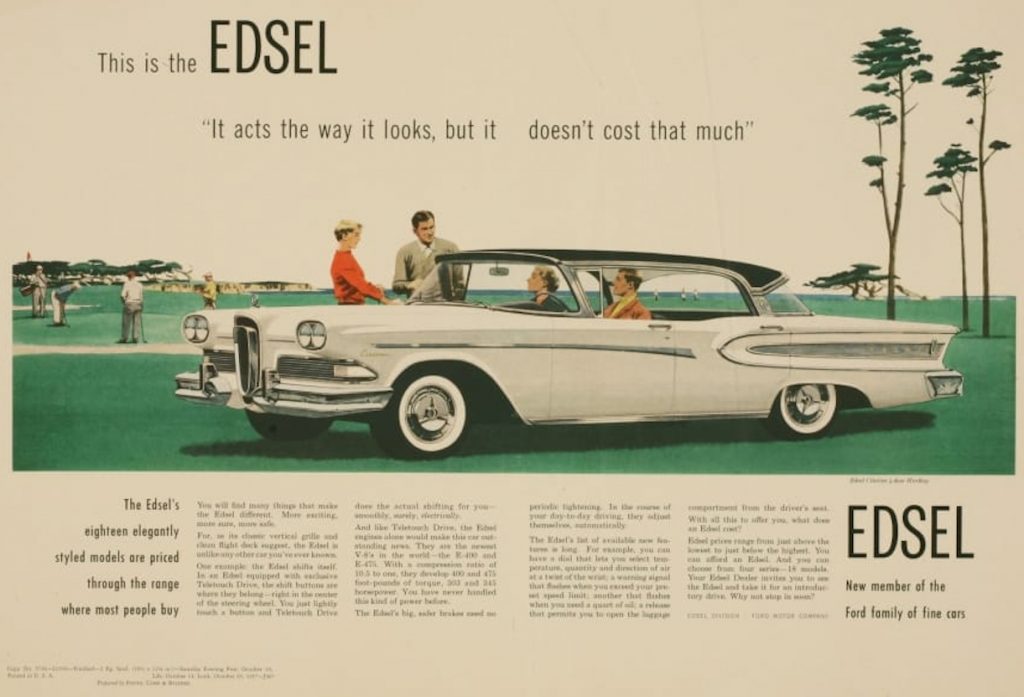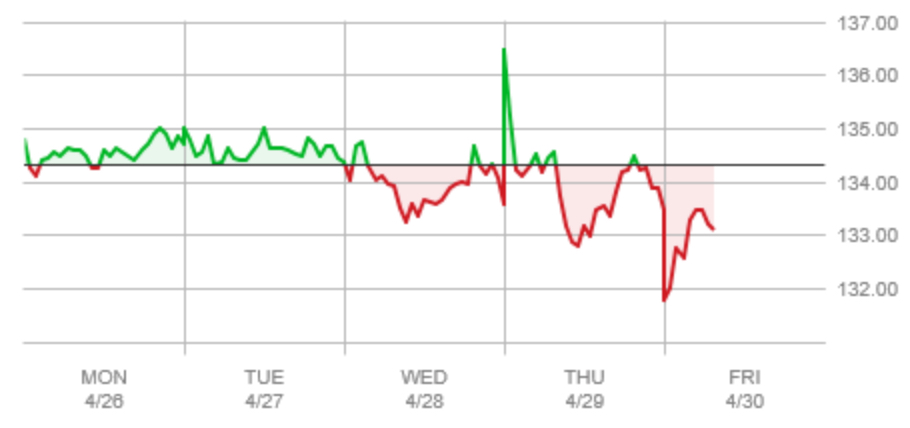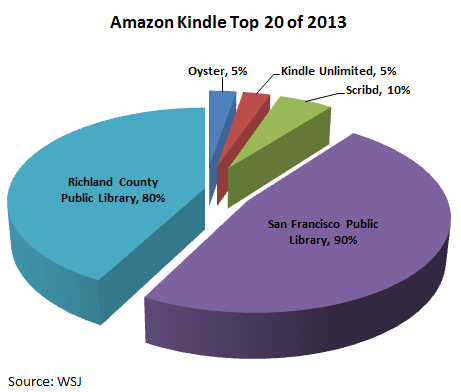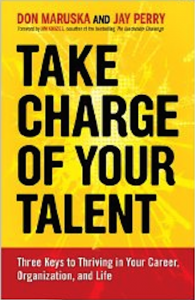This month in the New Yorker, Jill Lepore has written an excellent (and lengthy) article, The Disruption Machine: What the gospel of innovation gets wrong. In it, the author has treated a subject that has been held up time and again during countless economic and technology discussions as the paradigm through which we are to view modern history: Clayton Christensen’s theory of disruptive innovation as summarized and popularized by his best-selling book From the 1990s, The Innovator’s Dilemma. Lepore has not only treated this subject in a very thorough manner, but you might say, used Christensen’s theory relentlessly as a chopping block, illustrating that it is fraught with truncated samples to support the theory, but more importantly, the theory itself fails time and again as a predictor of market trends. It’s one thing to point out flawed logic, as most any theory can be guilty of. But it’s much more problematic to demonstrate the failure of the theory to deliver on what it’s core principles are built around. Combine this with the frenetic activity in technology sectors that has put disruption on par with invention, and it would seem that a counterpoint to the current zeitgeist is both well-timed and much-needed.
I think much of Lepore’s treatment of the theory could be summarized in the argument that there is more interpreting of history using the disruption model than actual prediction, where people have not used the disruption model,
…to make accurate predictions about things that haven’t happened yet than because disruption has been sold as advice, and because much that happened between 1997 and 2011 looks, in retrospect, disruptive. Disruptive innovation can reliably be seen only after the fact. History speaks loudly, apparently, only when you can make it say what you want it to say. The popular incarnation of the theory tends to disavow history altogether.
I take this to mean that it is not as though disruption, as an independent action, does not occur as a part of the innovation, technology and general advancement of organizations and industries. But it is problematic to say that this is the model whereby you go about innovating: the way of destruction. Again,
The logic of disruptive innovation is the logic of the startup: establish a team of innovators, set a whiteboard under a blue sky, and never ask them to make a profit, because there needs to be a wall of separation between the people whose job is to come up with the best, smartest, and most creative and important ideas and the people whose job is to make money by selling stuff.
I think this is actually a fair assessment of much of the current state of being enamored with startups. I recall an interview where tech executive was questioned about the lack of profitability and future sustainability of one of the current social media giants. In a dismissive response, a comment was made along the lines of, “when you have millions of eyes on a service, how to make money is the least of your worries.” That illustrates a complete lack of real and essential business experience and leadership. But to the point, what exactly is [and you might go on to ask, is the value of] disruptive innovation according to Lepore? It is, “a theory about why businesses fail. It’s not more than that. It doesn’t explain change. It’s not a law of nature. It’s an artifact of history, an idea, forged in time; it’s the manufacture of a moment of upsetting and edgy uncertainty. Transfixed by change, it’s blind to continuity. It makes a very poor prophet.”
That is a rough assessment. And Dr. Lepore is even tougher on startups if you ask me. Again, I not only think this criticism is warranted, but a compelling argument. I’m just not quite certain that in spite of a few places where there is convergence of ideas, the author might be conflating two things that are still distinct: disruption and the spirit of startups in general. Regardless of your conclusion, this is a very well written argument that gives pause, and personally, as someone who continuously strives for organizational innovation, it’s likely to challenge a few core ideas.





